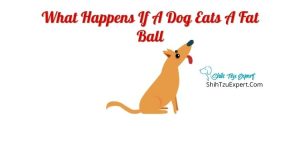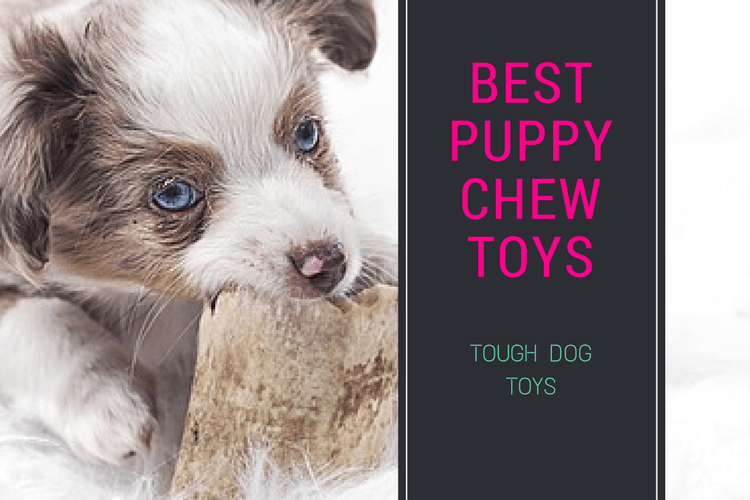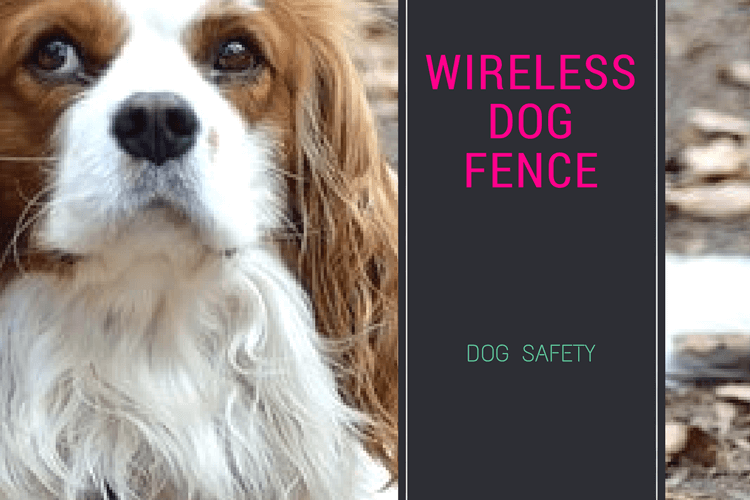Dog owners will know their dog is inquisitive and this extends to wanting to eat fat balls as a way of figuring out what they are (or just having a tasty treat). But what can be difficult to know is whether consuming to fat ball will cause a lot of harm to your pet pooch.
What Happens If A Dog Eats A Fat Ball?
Fat balls, when consumed in large quantities, are quite bad for dogs. At best, they will cause a bit of vomiting and maybe even diarrhoea. At worst, they will lead to death. Make sure you look out for the signs and act quickly to avoid the worst from happening.

What Are Fat Balls (Is It Cooked Or Uncooked Fat)?
The fat is either lard or beef suet and is a good energy source due to the amount of calories. They will also include nuts, seeds and bread crumbs.
Why Do Dogs Love To Eat Fat Balls?
Dogs are very inquisitive by nature and will often try and eat anything and everything, even if it’s a non-food item. They may be intrigued by the smell and will simply be using taste to try and figure out what it is and will see it as a tasty treat and not for the danger it is to them.
Fat Balls Vs Suet Balls
Fat balls and suet balls are essentially the same thing. However, fat balls tend to also be made up of fillers; whereas suet balls tend to be more nutritious.
What If My Dog Has Eaten A Bird Suet Ball?
The first thing you should do is to keep an eye on them. If they start to show any symptoms, ring the vet immediately and they will be able to advise you on what to do; whether that’s taking your dog in or inducing vomiting yourself.
Why Fat Balls Are Not Safe For Dogs To Eat?
This is due to the high amount of fat content. Even though dogs need fat as part of their daily diet, too much fat can lead to conditions such as pancreatitis. As well as this, some fat balls can grow mold on them; which can be toxic to dogs.
Why Are Fat Balls Especially Harmful To Small Dog Breeds?
Smaller dogs have fewer reserves to draw on than bigger dogs; so are much more likely to feel the effects of the toxicity of the fat balls at a quicker rate.
Are All Types Of Fat Balls Harmful To Dogs, Or Are Some Safe For Them To Eat?
All fat balls are harmful to dogs. If they only consume a tiny amount, this shouldn’t have too much of an effect on them, however, if they eat quite a lot, or at least one ball, then this can have quite disastrous consequences.
What Happens If A Dog Eats A Fat Ball?
Vomiting
Vomiting is one of the symptoms of pancreatitis, which is something your dog will develop if they consume too much fat. However, this can be a good thing, because it means that they are getting rid of any bad bacteria and should start to feel better again.
Diarrhea
This is another symptom of pancreatitis and will be your dog’s way of trying to get rid of any bad bacteria that is in their symptom as a result of digesting too much fat.
Lethargy
Tiredness is a symptom of pancreatitis that you may want to pay particular attention to. This is because your dog won’t be getting rid of any bad bacteria and is a particular sign that something is wrong.
Loss Of Appetite
Whilst if your dog is vomiting or has diarrhoea it may be good that your dog isn’t eating much and is only eating basic things, if anything, a loss of appetite on its own is another symptom of pancreatitis that you will need to pay attention to and keep an eye on.
Abdominal Pain Or Discomfort
Abdominal pay is one of the more serious signs of pancreatitis and you will know if your dog is in pain as they will go into a prayer-like position, with their front legs and head down and rear end up in the air, and is done to try and relieve the pain.
Difficulty Defecating
If your dog is having difficulty defecating, this is a sign that there is an internal blockage somewhere – most likely in the intestines. This can be fatal, so you will need to get your dog seen quickly by a vet to remove the blockage.
Dehydration
The dehydration is likely a result of the vomiting and/or diarrhoea your dog is experiencing. Try and give them as much water as possible to help with any dehydration they may be experiencing.
Pancreatitis
Pancreatitis is a common risk factor if your dog eats a fat ball. This is where the pancreas becomes inflamed and causes enzymes to activate as soon as they are released into the body. This causes pain and damage to the organs surrounding the pancreas.
Mold Toxicity
Mold toxicity is important as it can be fatal for dogs. This is due to mytotoxins and symptoms in your dog includes vomiting, stomach pain, diarrhoea, tremors, seizures, nervousness, restlessness, disorientation, a high fever, and jaundice.
Blockages,
As consuming too much fat for your dog can cause a blockage, symptoms include lethergy, drooling, lip smacking, vomiting, loss of appetite, abdominal pain, and difficulty defecating. This can prove fatal, so will need to be treated immediately.
Or Even Death.
In the most extreme cases, if your dog doesn’t get the proper treatment when required from eating a fat ball, this could lead to their death. This is why it’s so important to get the advice of a vet if your dog eats a fat ball so they can get the proper treatment and fully recover.
What Should I Do If I Suspect That My Dog Has Eaten A Fat Ball?
Remove The Fat Ball
Even if your dog has already eaten some or all of a fat ball, your first port of call should be to remove anything remaining of the fat balls or any other fat balls your dog may be able to reach. Doing this will stop any more harm than has already happened from happening.
Induce Vomiting
It should be fairly simple for you to induce vomiting. All you need is some peroxide and you should give your dog one teaspoon for each five pounds that they weigh, and do this up to four tablespoons for large dogs. Vomiting should last up to 45 minutes.
Monitor For Symptoms
In some cases, your dog might not show any symptoms. However, they still need to be monitored because the symptoms might not start straight away. If your dog is vomiting, has diarrhoea, is lethargic, or shows any other symptoms, they need to go to the vet.
Calm The Upset Stomach
This can be done by trying to withhold food for the next 12 to 24 hours. After this period, you can give them two parts boiled rice to one part boiled chicken as this food is bland and easy to digest. Then over the next few days you can gradually introduce them back to their usual diet.
Will My Dog Need To See A Veterinarian If They Eat A Fat Ball?
There is a strong chance that your dog will need to see a vet if they’ve eaten a fat ball, particularly if they ate a whole ball or more. Even if you’re unsure, ring the vet and note any symptoms your dog is having and they’ll be able to advise you further.
How Can I Prevent My Dog From Eating Harmful Items Like Fat Balls In The Future?
Proper Storage -Keep Bird Feeders And Bird Food Out Of Reach, Dog Proof Trash Cans
The first thing you should do is put the fat balls in containers that will be difficult for your dog to access. You should then put them somewhere that is high up and out of reach of your dog so they can’t even get to the containers.
Supervise Your Dog While They Are Outside To Prevent Them From Scavenging.
You should keep any bird fat balls up high for birds, such as on a bird table or in a tree, where your dog can’t get them. You should also observe them when outside in general, just in case they come across anything that will be toxic to them if they consume it.
Provide Plenty Of Safe, Appropriate Chew Toys And Treats For Your Dog To Enjoy.
It’s likely that your dog will reach for the fat ball either out of curiosity or because they are bored. If it’s the latter, make sure they have plenty of toys and treats that can keep them occupied so they don’t feel the need to occupy their time with something toxic.
Is It Safe For Dogs To Eat Other Bird Food?
If your dog just so happens to get a small amount of bird food, they should be alright. However, if they consume it in large quantities, it is very toxic for them and you should try to avoid them from consuming bird food at all costs.
How Long Does It Take For The Symptoms To Appear After A Dog Eats A Fat Ball?
This will often depend on the size of your dog and how much of the fat ball they have consumed. You may seem to notice symptoms in 30-60 minutes, or it may take less or more time for the reasons mentioned above.
What Kind Of Treatment Will My Dog Receive From The Vet?
The vet will likely examine your dog and will ask you the contents of the fat ball, how much they consumed and if they’ve had any symptoms. In most cases, your vet will try and induce vomiting; however, in some cases, your dog may be required to have surgery.
How Long Will It Take For My Dog To Recover After Eating A Fat Ball?
Again, this will likely vary dependent upon the size of the dog and how much fat ball they have consumed. It will take at least a couple of days for them to recover, but in some cases, it may take longer.
My Dog Has Eaten A Small Amount Of Bird Fat Ball. Will It Make Him Ill?
If your dog has only eaten a small amount of fat ball they should be alright. Small amounts of fat are good for dogs because it gives them the energy they need. However, too much fat is when they become ill, but even if they’ve eaten a little bit, still monitor them just in case.
My Puppy Ate A Bird Fat Ball. Will It Make Him Ill?
Yes, this will likely make him ill. Especially because puppies tend to be quite small and smaller dog breeds are more likely to be affected by eating a fat ball as opposed to larger breeds. Make sure you ring the vet immediately to get him the proper treatment.
My 8 Year Old Dog Has Eaten A Fat Bird Ball Will It Make Him Ill?
Regardless of age, your dog will more than likely become ill if they eat a fat ball. This is because they have quite a lot of fat within them and your dog consuming too much fat can cause them to become quite ill – most likely with pancreatitis.
Are All Bird Food Bad For Dogs?
Yes, all bird food is bad for dogs. Whilst if your dog consumes a small amount of bird food they should be alright, if they consume quite a fair amount of it, this will cause them to become quite poorly.
References
Case, L. P., Daristotle, L., Hayek, M. G., & Raasch, M. F. (2010). Canine and feline nutrition: A resource for companion animal professionals (3rd ed.). Elsevier. https://doi.org/10.1016/B978-0-323-06619-8.00001-2
Stegelmeier, B. L. (2005). Book Review: Handbook of Small Animal Toxicology and Poisoning. Veterinary Pathology, 42(1), 106-106. https://doi.org/10.1354/vp.42-1-106
Hand, M. S., Thatcher, C. D., Remillard, R. L., Roudebush, P., & Novotny, B. J. (2011). Small animal clinical nutrition (5th ed.). Mark Morris Institute.
![Shih Tzu Poodle mix [Your complete guide to Teddy bear dog | Shih Poo | Shoodle or Pooshi] Shih Tzu Poodle mix [Your complete guide to Teddy bear dog | Shih Poo | Shoodle or Pooshi]](https://shihtzuexpert.com/wp-content/uploads/2020/06/Are-You-a-Good-Match-for-a-Shih-Poo.jpg)



